The late Kinky Friedman liked to say, you need to be miserable in order to write a song.
If you think you have to be miserable to write a song, imagine how abjectly wretched you’d have to be to write an essay about hiring practices for fractional executives.
And make it have a happy ending.
What I really want to do is write about horror movies.
I’m a little all over the map these days.
See, the contract work dried up. It happens sometimes. Sometimes, it happens all at once.
It’s not great timing, ever.
But you forge on ahead. You hustle. It’s not easy on spouses and it’s not easy on parents and it’s not easy on friends, who get tired of you grousing about the job market.
I remember once when I was unemployed, I got the idea I’d write about movies every day. I watched all the Tarantino movies in a few sittings.
(Don’t do this by the way, it’s unhealthy, and the movies repeat themselves.)
(Jackie Brown FTW, tho.)
I watched the unfinished, abortive Grizzly 2 – a movie about a bear attack at a rock concert that briefly stars George Clooney and Laura Dern – and wrote about the experience. As I was watching it. Like, multiple multi-paragraph posts about the bad grizzly effects, the terrible faux-New Wave band The Predator in the film’s concert scenes, and the fact that it was never even finished.
Mid-way through my — I thought — hilarious, text-based adventure, my friend Emily Hobson wrote on Facebook, “Jesus. Just go get a job.”
Never one to mince words, that Emily.
But so I’m reading this horror novel, Brian Keene’s The Rising.
It’s typical splatter punk, with gore and zombies — it even dares to call them that, “zombies.” It’s mind numbing trash.
I love horror. I love everything about it. I convinced myself for a very long time I was going to be the world’s leading expert on the phenomena of horror.
I assume this was because, as a child, I was chicken-shit.
The first horror movie I ever watched I had my mom turn off when I got too scared.
Abbott and Costello meet Frankenstein.
Jerry Garcia’s favorite movie, incidentally.
With the help of a lot of local syndicated programming and the library, I sunk myself into the study of horror movies.
I had Mom bring home books on vampires. She thought one, with its folk tales of children being exsanguinated, was too much for her sensitive son.
I pored over the few texts available in the 70s to a kid studying horror: Carlos Clarens’ Illustrated History of the Horror Film, Famous Monsters of Filmland magazine, and Dynamite, and Weird Worlds, the best the Scholastic Book Club had to offer.
I started to see recurring figures. Boris Karloff. American International Pictures. Jack Arnold. Roger Corman. Vincent Price.
Watching Mario Bava’s vivid, garishly colorful Blood and Black Lace on my little 13” color TV in our basement in Lakeville, Minnesota, and it was like a message from outer space.
Or at least Italy.
I broke down for myself the different types of horror, feasting on the mutability, the adaptability, of the genre."*
The traditional monster pic with outsized menace from the sea or sky. Fears of nuclear destruction and pollution.
The horror of the human body changing in adolescence or sickness, like I Was A Teenage Werewolf or Ginger Snaps or David Cronenberg’s body horror in The Fly and Rabid.
The assault picture, with roving gangs terrorizing the safe American family, whether it was Last House on the Left or the Texas Chainsaw Massacres.
I voraciously devoured these films.
Jake Esau was the horror host where I grew up. Count Dracula Presents on KITN, Channel 29 in Minneapolis.
We crave comfort food as the insanity brews outside.
My friend Chris Bahn has been working with folk singer Ellen Stekert who taught at our university. I did my first thesis with her, on horror movies naturally. I wrote it listening to John Zorn’s Painkiller at top volume in my apartment with Doug Jones and Jay Hurley
She said, “Good work. Very slick. You may have your A.”
Always leaned on “slick.”
I responded to the seemingly infinite ability of genre films and books to convey metaphoric messages about social or cultural or political issues with ease.
Not to mention, the genre film seemed the perfect gateway for great directors to enter the working filmmaker world.
Like Francis Ford Coppola with Dementia 13. Martin Scorsese with Boxcar Bertha. Sam Raimi with The Evil Dead. Alan Rudolph with Endangered Species.
You know the comedy idea, Don’t put a hat on a hat? As in a joke, piled on top of another joke.
In great horror movies, it’s, like, how high can we stack the hats.
That feeling when in a horror movie they’ve taken you just to the brink and then, without warning, they take you over the brink and then proceed to wallow in it.
The moment in John Carpenter’s The Thing where David Clennon as Palmer says “You gotta be fucking kidding” as a disembodied head sprouts legs and antennae and waddles away. The ultimate hat on a hat.
That moment leaves folks howling.
Over the top, and then some.
But never for cruelty’s sake.
Sam Raimi still regrets the tree-rape scene in the original Evil Dead.
Humorless, plodding horror films like A Serbian Film and Nekromantik and Martyrs may push some envelope, but as my friend Doug used to say, it’s like they just keep kicking a dog. Who wants to see that?
Don’t make the mistake of assuming content equals form.
I keep making the mistake of reading actually good books.
I picked up Ask The Dust by John Fante, the third book in the Bandini Quartet, which I hadn’t read since college.
Every word is weighted. Every turn of phrase. Like Cormac McCarthy or Raymond Chandler. Or Charles Portis.
Pared against Ask The Dust’s resonant, fraught prose, The Rising feels like so much discarded scrap paper, frameless, empty, superfluous.
Like an abandoned shack, just grimy half walls and holes in the ceiling.
I put The Rising down and launched back into Ask The Dust instead.
Keeping your head on straight while it feels like the world is collapsing around you, you need to rely on steady, solid, weighty things.
I don’t think I need trashy escapism these days.
As I search for work and try to solidify the leads into hard earned labor and a paycheck.
I have to get back at it. There is no rest for the job hunter.
Well, maybe a reading break.
I’m Nick Tangborn and this is Are You Experienced. I write about being over 50 and the rest of the world through that lens. For those who don’t know my background, I have floated around digital media for most of my career, from being the first employee at Listen.com which would soon be known as the streaming service Rhapsody, to writing music journalism for the first real online music magazine, Addicted To Noise / SonicNet, to hawking aerosolized pancake and waffle batter via Batter Blaster, a 10 year foray in consumer packaged goods. This month would be a great time to get on board with a paid subscription to Are You Experienced.
Or a one-time donation to the cause, which helps keep the wheels on.


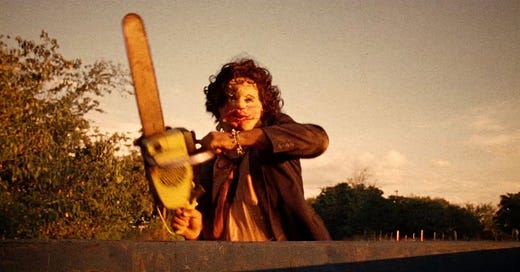



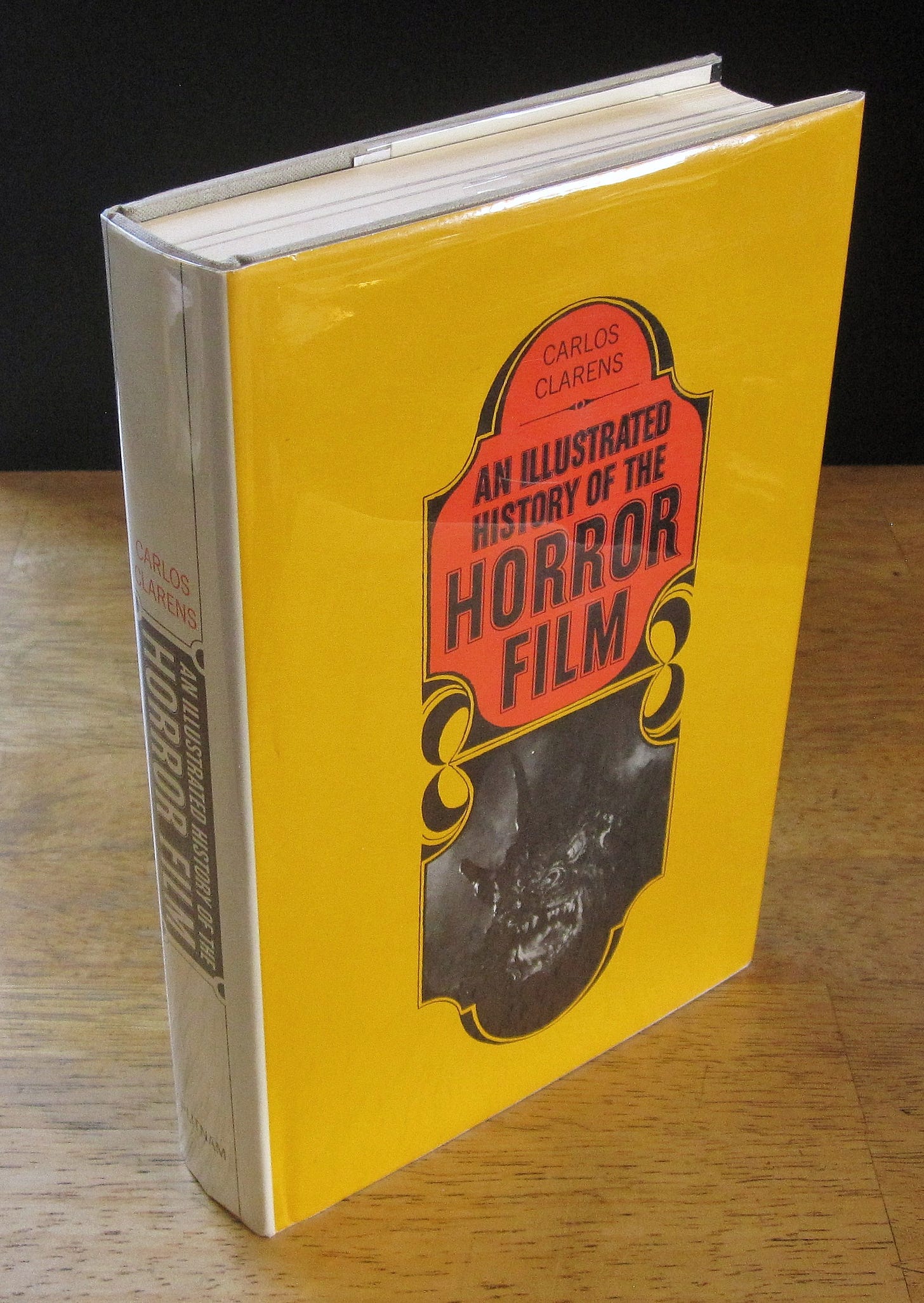
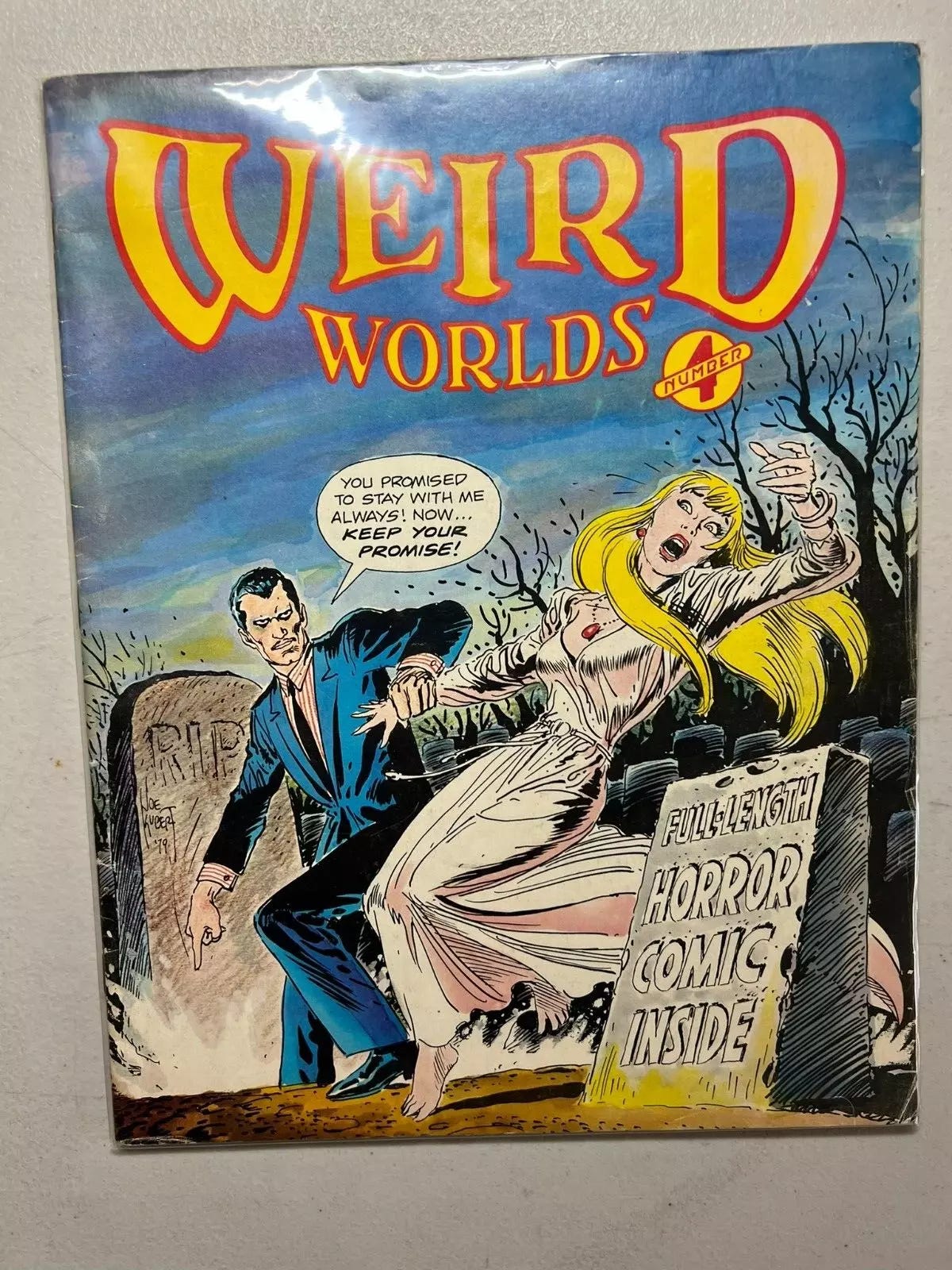
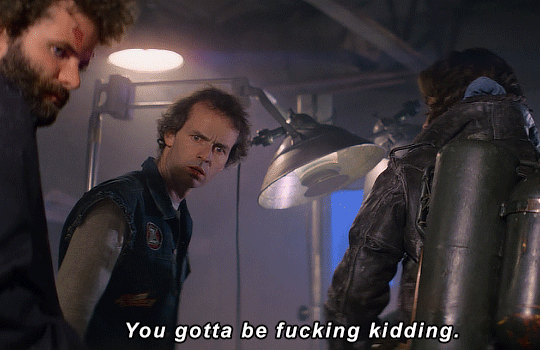
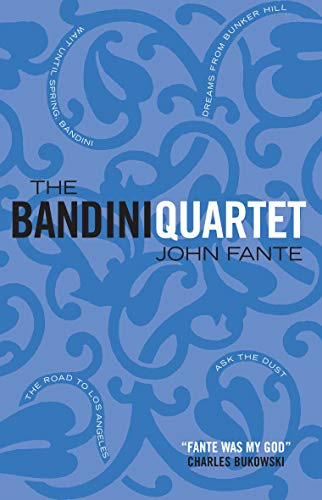
Nekromantik is a film about male sexuality. Serbian film is a critique of the porn industry and of the Eastern European art film scene. Neither of them are excessively cruel.
A Serbian Film needs to be cruel because its a study of cruelty in art. Both in the ways capital drives a never ending arms race for more and more extreme content as well as the psychological tolls the production has on the performer.
Nekromantik's subject matter is inherently cruel. It couldn't get it's message across in a less cruel way because of how necessary the body and more specifically the image of the corpse is to the film. The film's going into detail about how the process of objectification as a dehumanising process which stripes the other subject of itself in order to generate fantasy, drawing out the violence of that psychological process using the dead body as a centerpiece. Off the top my head I don't know how'd you'd dance around the nekro in nekromantik without just not making it.
These films are far from flawless (personally I myself am not a big fan of Serbian Film) and ultimately if they were too cruel for you that's fine but at the risk of sounding cruel I found that criticism kinda lazy. These films are both known for how extreme they are so it's easy to use them as a scapegoat for how the genre can be stereotyped. As nothing more than tasteless, pulp filth. But dismissing both of these works as nothing but "cruelty for cruelties sake" is doing the exact same thing, your dismissing a valid form of artistic expression for not matching your sensibilities which is not in keeping with the punk spirit of the horror genre at all.
If you want to talk about excessive cruelty you could talk about the ways in which that film treats the practise of cross dressing as inherently freakish? Or the way it represents disabilities? Admittedly I'm not giving TCM much credit, it is more nuanced than that but I'm making a point here, I'm sure you could find tons of examples of mainstream horror being excessively cruel but instead you jab at the fringes of foreign avant-guarde cinema.
This is a good article btw. I just like being a little hater freak. Keep up the good work if your still writing these.
Also Serbian Films a black comedy. Nekromantik has a tinge of dark humour (I mean it literally ends with him ejaculating blood clearly some level of playfulness is present here). Not that it would be a problem if they weren't. A horror film isn't required to be humours.
I had a copy of An Illustrated History of The Horror Film. Thank you for reminding me! It’s weird to see something that was so familiar at one point in my life but since forgotten.